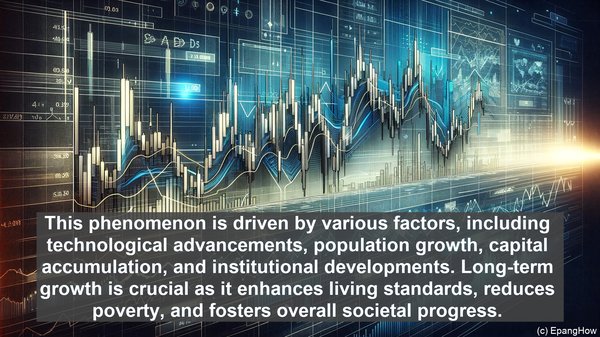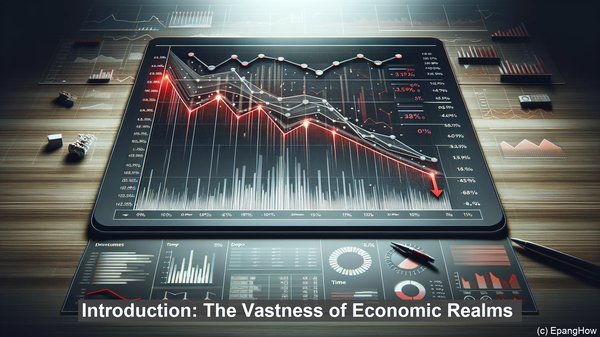Introduction: The Vastness of Economic Realms
Greetings, audience! The world of economics is a vast and intricate one, encompassing a multitude of concepts and phenomena. Today, we’ll be focusing on two fundamental aspects: long-term economic growth and short-term economic fluctuations. While they both pertain to the realm of economics, they differ significantly in their scope, duration, and underlying causes.

Long-term Economic Growth: A Journey of Progress
Long-term economic growth refers to the sustained increase in a country’s production of goods and services over an extended period. It is often measured by the growth rate of a nation’s Gross Domestic Product (GDP) or per capita income. This phenomenon is driven by various factors, including technological advancements, population growth, capital accumulation, and institutional developments. Long-term growth is crucial as it enhances living standards, reduces poverty, and fosters overall societal progress.

Short-term Economic Fluctuations: The Dance of the Business Cycle
In contrast to the gradual nature of long-term growth, short-term economic fluctuations are characterized by their cyclicality. These fluctuations, often referred to as the business cycle, encompass periods of expansion, peak, contraction, and trough. They are influenced by a myriad of factors, such as changes in consumer spending, business investments, government policies, and global economic conditions. Short-term fluctuations can have significant impacts on employment rates, inflation, and overall economic stability.
Analyzing the Differences: Timeframe and Causes
One of the key distinctions between long-term growth and short-term fluctuations lies in their timeframe. While growth is measured over years or even decades, fluctuations occur within a span of months or a few years. Additionally, the causes behind these phenomena differ. Long-term growth is primarily driven by structural factors, such as technological advancements and human capital development. On the other hand, fluctuations are often the result of demand and supply shocks, policy changes, or financial disruptions.
Policy Implications: Balancing Stability and Growth
Understanding the disparities between long-term growth and short-term fluctuations is crucial for policymakers. While policies promoting growth are essential for overall prosperity, measures to mitigate the adverse impacts of fluctuations are equally vital. This delicate balance involves implementing counter-cyclical measures during economic downturns, ensuring a stable financial system, and fostering an environment conducive to innovation and productivity enhancement.
